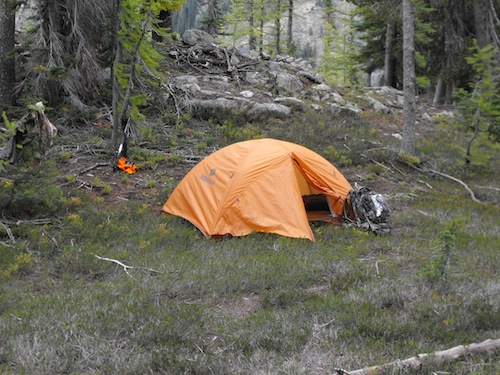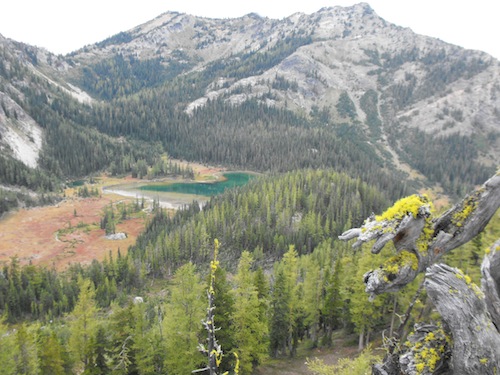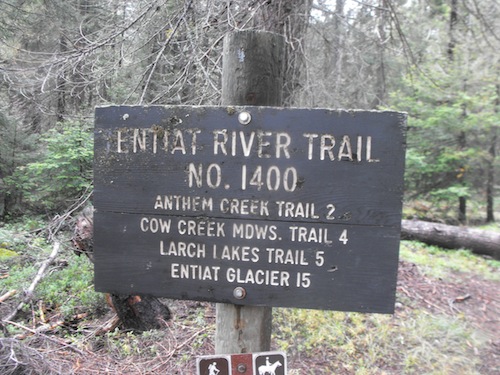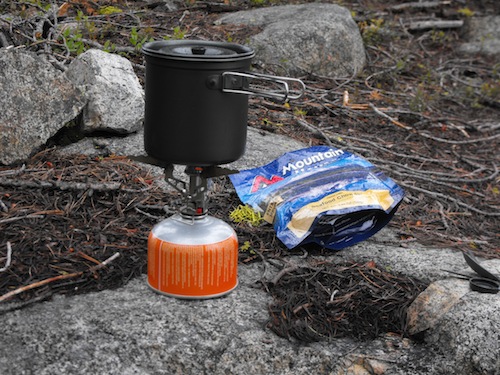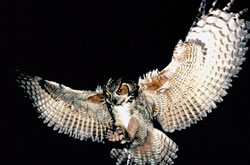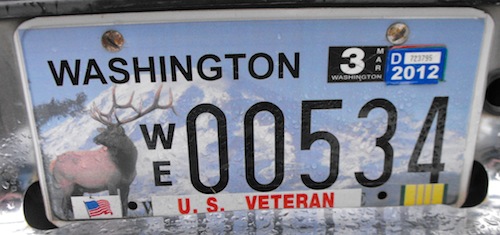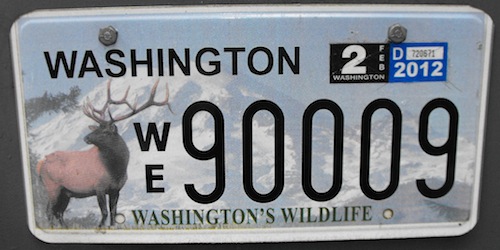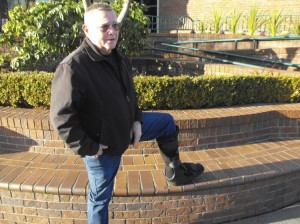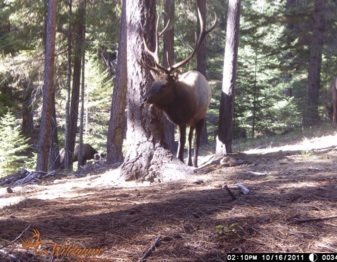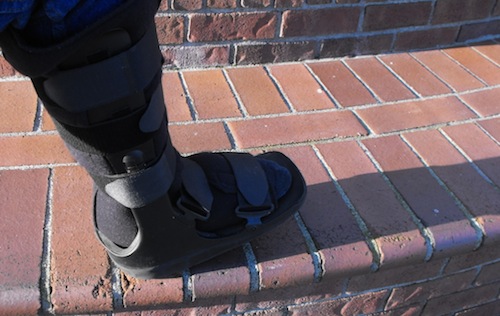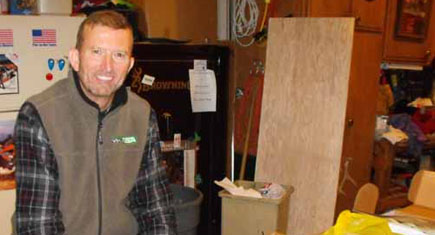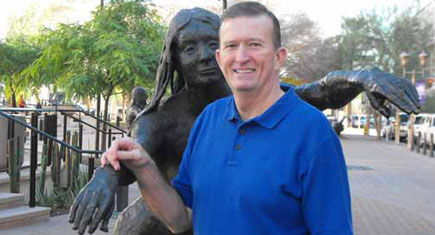I am looking forward to meet 60,000 attendees, 1600 manufacturers and 100s of industry experts in the hunting, shooting and outdoor industry, along with the media and writers of outdoor and hunting news.
If you’d like to stay abreast on ATA & SHOT Show news, check out the widget below or look at the sidebar of any of my posts. If you’d like to meet with me during the conference, let me know on Twitter or via email
 Â
